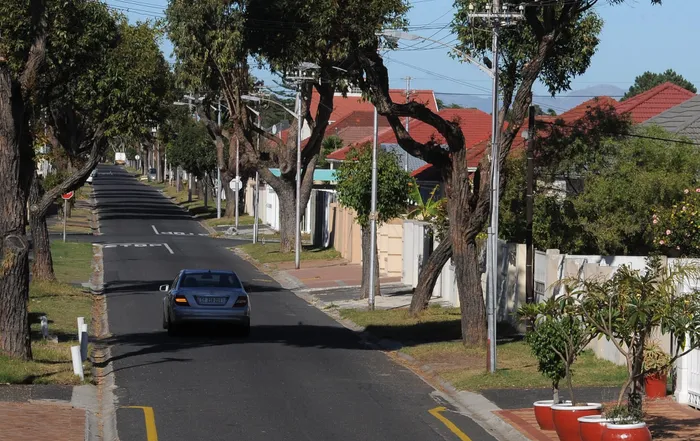South African house prices surge ahead of inflation: what it means for buyers

Property prices in South Africa are rising, with the average residential price surpassing R1.6 million for the first time and annual growth of 6.4% as of June 2025.
Image: Tracey Adams/African News Agency (ANA)
House prices are now rising faster than inflation.
This was as the FNB House Price Index averaged 3.7% year-on-year in July, marking a notable shift.
Releasing the FNB Residential Property Barometer - August 2025, Siphamandla Mkhwanazi, a senior economist at FNB, said that for the first time in the post-pandemic era, equity values generated by sectional title properties marginally outpaced those of freestanding homes (3.8% vs 3.7%).
He said the shift in buyer sentiment towards sectional title properties likely reflects evolving lifestyle preferences and affordability constraints.
“Following a relatively aggressive hiking cycle (2021 to 2023) and persistent real wage underperformance since 2021, buyers appear to be gravitating toward more compact, cost-effective housing options,” Mkhwanazi said.
An overwhelming majority of South African households are currently priced out of the local property market, and this trend is worsening, according to Renier Kriek, the managing director of innovative home finance provider, Sentinel Homes, recently.
He said the root causes are mainly systemic and need to be addressed by the government.
In its June 2025 Property Newsletter, automotive and property data provider Lightstone reported that only one formal house exists per 3.3 families, who earn less than R26 000 per month. This accounts for more than 80% of South African households.
Meanwhile, the Seeff Property Group said South Africans prefer the northern provinces of Mpumalanga, Limpopo and North West. It said these areas have seen good house price and rental rate appreciation.
“While these provinces offer very affordable house prices and rents, the areas also offer sought-after security estates, including those with bush and golf experiences, and luxury homes achieving prices of up to R5 million to R8 million and sometimes more.”
These areas also have bustling economies in mining, agriculture, and tourism.
They have seen some 21 317 property transactions worth almost R21.4 billion were recorded for these three provinces last year. The property group said sustained demand is boosted by a steady influx of new residents moving to the main towns for economic opportunities, according to Seeff’s branches.
Additionally, Mkhwanazi said with more companies embracing the back-to-office trend, the need for larger spaces, once driven by work-from-home requirements, has diminished. As such, he said the pandemic-induced premium for bigger homes appears to have waned.
According to the residential property barometer, the upward trend in sectional title values persists despite a seemingly pre-emptive response from developers, as year-to-date, the supply of new flats and townhouses, typically sold or leased as sectional titles, rose to 4 866 units (+13.5%).
However, it showed that this increase follows years of decline and should be viewed in the context of base effects.
“Year-to-date, building plans approved by municipalities for new flats and townhouses are down 21.2%, suggesting continued supply constraints. This imbalance is likely to support further price growth in the sectional title segment.”
Mkhwanazi said current and projected supply dynamics support a sustained upward trend in sectional title property values. He said these developments reinforce their view of a broader residential price cycle, underpinned by easing inflation, lower borrowing costs and modest real wage gains.
The financier said following the latest decision to cut interest rates by 25bps, it anticipated a prolonged pause in rate changes as the South African Reserve Bank (SARB) guides inflation expectations toward its newly preferred 3% anchor.
“Assuming success over the next two to three years, which historical precedent suggests is achievable, this sets the stage for rate cuts from 2027, with interest rates potentially easing toward the 6% range by 2028.
"Lower borrowing costs, alongside improving real wages and stable inflation, should support housing demand, particularly in the low- to middle-income segments, reinforcing the current upward price cycle.”
Independent Media Property
Related Topics: